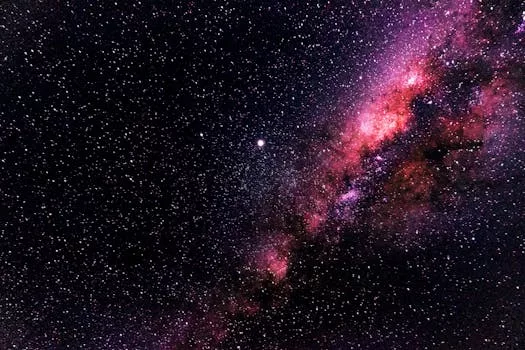
“
Beyond the Milky Way: Imagining New Worlds and Possibilities
Introduction to the Universe
Beyond the Milky Way: Imagining New Worlds and Possibilities is an exciting topic that has captivated humans for centuries. The Milky Way is just one of billions of galaxies in the observable universe, each containing billions of stars and potential planets. As we continue to explore and understand the universe, we are constantly reminded of the infinite possibilities that lie beyond our galaxy.
The universe is estimated to be around 13.8 billion years old, and it is still expanding. The Milky Way is just a small part of this vast expanse, and it is thought to contain between 200 and 400 billion stars. However, there are many other galaxies beyond the Milky Way, each with its own unique characteristics and potential for life.
Exploring the Universe
Space exploration has come a long way since the first humans walked on the moon. Today, we have robotic missions that have visited almost every planet in our solar system, and we have even sent probes to explore the outer reaches of the solar system. However, despite these advancements, we have still only scratched the surface of what is possible.
One of the most significant challenges facing space exploration is the vast distances between stars and galaxies. Even at high speeds, it would take many years to reach the nearest star system, and the technology to support such a journey is still in its infancy. However, scientists are working on developing new propulsion systems, such as fusion propulsion and antimatter drives, that could potentially make interstellar travel more feasible. For more on this topic, check out our article on Charting New Realms.
New Worlds and Possibilities
As we explore the universe, we are constantly discovering new worlds and possibilities. Exoplanets, which are planets that orbit stars other than the sun, are being discovered at an incredible rate. Many of these exoplanets are thought to be similar in size and composition to Earth, and some are even believed to be located in the habitable zones of their respective stars. This exciting field is further explored in our post about The Infinite Universe of Imagination.
The discovery of exoplanets has significant implications for the search for life beyond Earth. If we can find planets that are similar in size and composition to Earth, and that are located in the habitable zones of their stars, then it is possible that these planets could support life. The search for life beyond Earth is an exciting and ongoing area of research, and one that could potentially answer one of humanity’s most fundamental questions: are we alone in the universe?
Conclusion and Takeaways
In conclusion, the universe is a vast and complex place, full of new worlds and possibilities. As we continue to explore and understand the universe, we are constantly reminded of the infinite possibilities that lie beyond our galaxy. The discovery of exoplanets and the search for life beyond Earth are just a few examples of the many exciting areas of research that are currently underway. For a deeper dive into this topic, consider reading Beyond the Milky Way: Imagining New Worlds and Possibilities.
Some key takeaways from this article include:
- The universe is estimated to be around 13.8 billion years old and is still expanding.
- The Milky Way is just one of billions of galaxies in the observable universe, each containing billions of stars and potential planets.
- Space exploration has come a long way, but we have still only scratched the surface of what is possible.
- The discovery of exoplanets has significant implications for the search for life beyond Earth.
- The search for life beyond Earth is an exciting and ongoing area of research that could potentially answer one of humanity’s most fundamental questions: are we alone in the universe?






